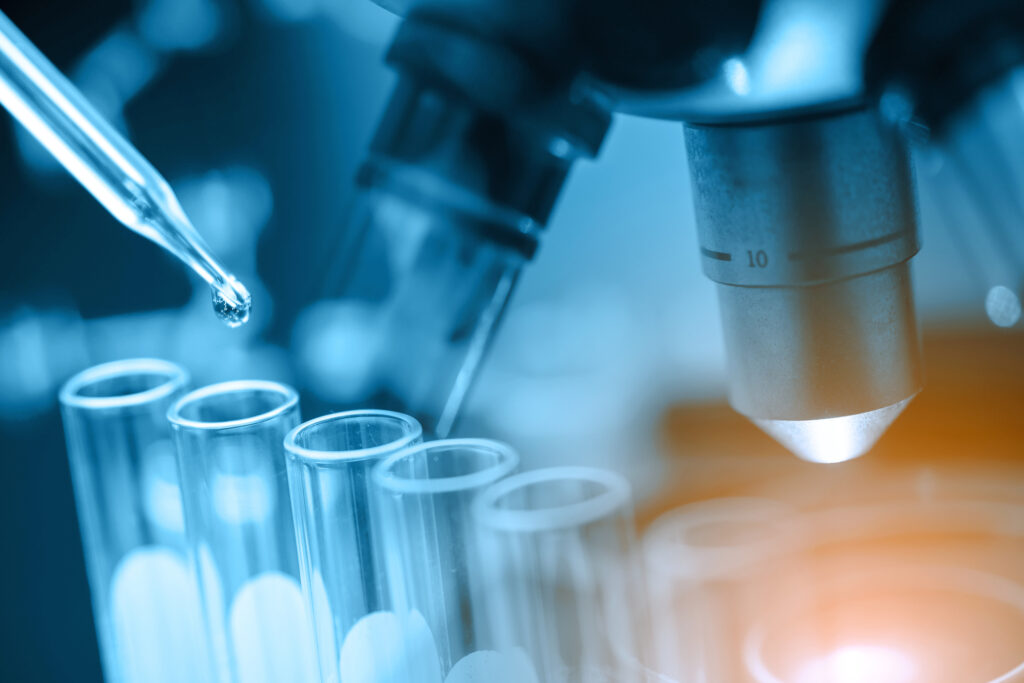
Sperm donation screening is a multistep process that helps to ensure the quality and health of sperm. The goal of sperm screening is to provide recipients with the healthiest sperm possible as they begin their journey to parenthood. Here’s a look at what goes into the screening of sperm:
To start the process, potential donors will typically complete a questionnaire that asks about their personal medical history and that of their family. It will also ask about various aspects of their lifestyle and their social habits. The questionnaire will likely include the following, depending on the sperm bank:
In addition, the initial assessment will include a semen analysis that looks at semen volume, sperm morphology, which is the shape of the sperm, sperm concentration and motility, and the results of infectious disease testing. A genetic screening is also done to ensure there are no conditions of concern.
In addition to assessing the quality of sperm, the donor himself will be examined to ensure overall health. This physical examination will check for signs of abnormalities or disease. Vital signs and physical measurements will also be taken at this time. Blood and urine samples will be collected for testing to screen for infectious diseases including Hepatitis B and C, STIs, and HIV. Tests may also be conducted to screen for genetic conditions and carrier status for certain inherited diseases.
A laboratory test examines the semen sample to evaluate its quality and quantity as well as its characteristics. Key aspects of semen analysis include:
Sometimes a second semen sample analysis will be performed to ensure quality and health. Testing for active infections should be done at 6 month intervals.
Sperm screening is important when it comes to donation. The goal of sperm banks is to provide individuals and couples with healthy sperm to begin growing their family.
Cascade Cryobank, located in Lynnwood Washington, helps you grow your family with quality donor sperm derived from a selective screening process.